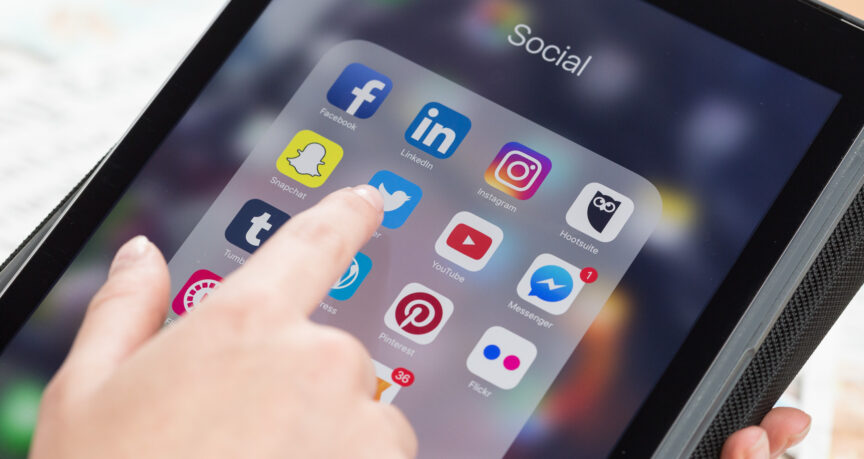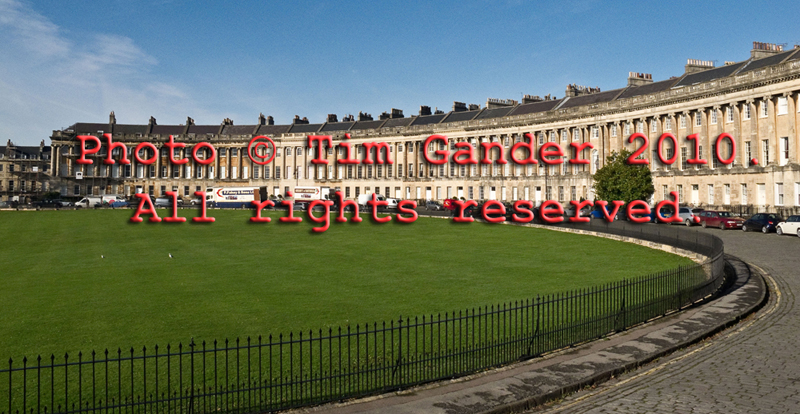Do people still blog? I’ve been writing this one since October 2009, but does it still serve a purpose?
Over the years I’ve tried my best to inform and entertain my readers (still plural, I think), admittedly with mixed success, but of course it’s also been a way to keep Google happy.
On that score I have to admit it’s been useful for my Search Engine Optimisation. I’m just less convinced it still has the impact it once did. People are using different routes to finding photographers, but it has become a much more fragmented landscape, so which options might work?
Facebook for businesses (aka LinkedIn) has been a good way for me to keep in touch with existing clients. I can keep up with what they’re doing and I can update them on my latest news. I sometimes use it to message clients directly, though I still prefer email for keeping all correspondence in one place.
That said, LinkedIn is practically useless for finding new clients. People looking for a specific photographer for their needs will find LinkedIn a poor source of reliable information. More often than not a prospective client will canvass their network for recommendations, at which point there ensues a scrambled deluge of suggestions, most of which ignore geography or skill set – a photographer’s a photographer, right? End result, a mis-match and a lost opportunity.
Facebook is useful for keeping in touch with a wider friendship network and group interests and I use it to promote my personal project work, but corporate work doesn’t really work on Facebook. I’m careful where I use client work, and Facebook just isn’t the right place to post my commissioned images.
Just… no. Like Facebook, Twitter isn’t the best option for business use. It needs personality, which tends to exclude much in the way of a corporate focus. Again, it’s more useful to my personal project work and I like to promote other photographers there, at least those practicing fine art or documentary work.
Other Options
Should I start a podcast? *collective cry of NOOOOO! echoes back at me* Or a YouTube channel? *ditto, see previous*
Except YouTube is perhaps the more interesting option; less for my corporate work, but perhaps more useful to my personal project photography. I have no desire to be a “YouTuber”, but I can see how video might help create wider interest in that work. Which still leaves me wondering what’s best for the corporate work.
In (sort of) conclusion
It seems that while change has been a constant in the exciting world of SEO, that change is accelerating. Couple this with the fact that new platforms are constantly springing up, the risk is that social media is becoming too fragmented.
My gut reaction to all this is that continuing the blog posts is wise. Keeping my website fresh and compliant continues to be the best use of limited time. I also need to investigate new ideas; maybe even some old ones. Books and zines interest me, so they’ll be something I’m focusing on for the personal projects, but what of the corporate side? Perhaps print has a role worth exploring too. Many years ago I made Blurb books of my portfolio and they went down quite well.
So after 557 words, I ‘think’ I’ve concluded that I’ll carry on with the blog. Ideally I’ll use it to showcase my corporate work, but lockdown and on-going restrictions will make that a challenge. Things will pick up though, and when they do I want to be visible to new clients as well as existing ones.
One last thing…
On a bit of a side-note relating more to my personal projects, if you sign up to my takeagander newsletter here before the end of January 2021, you’ll be in with a chance to win a beautiful A4 print from any of my collections!
So cheer yourself up for free, sign up and have a browse to see if there’s a print you’d like on your wall.



